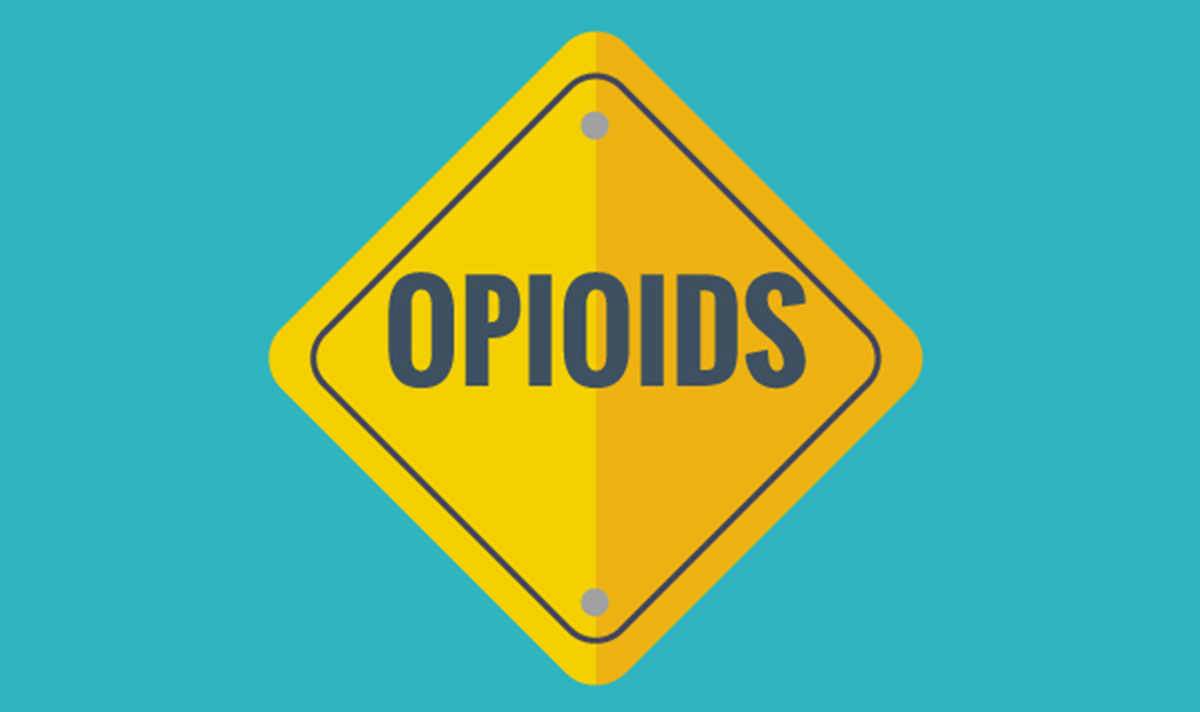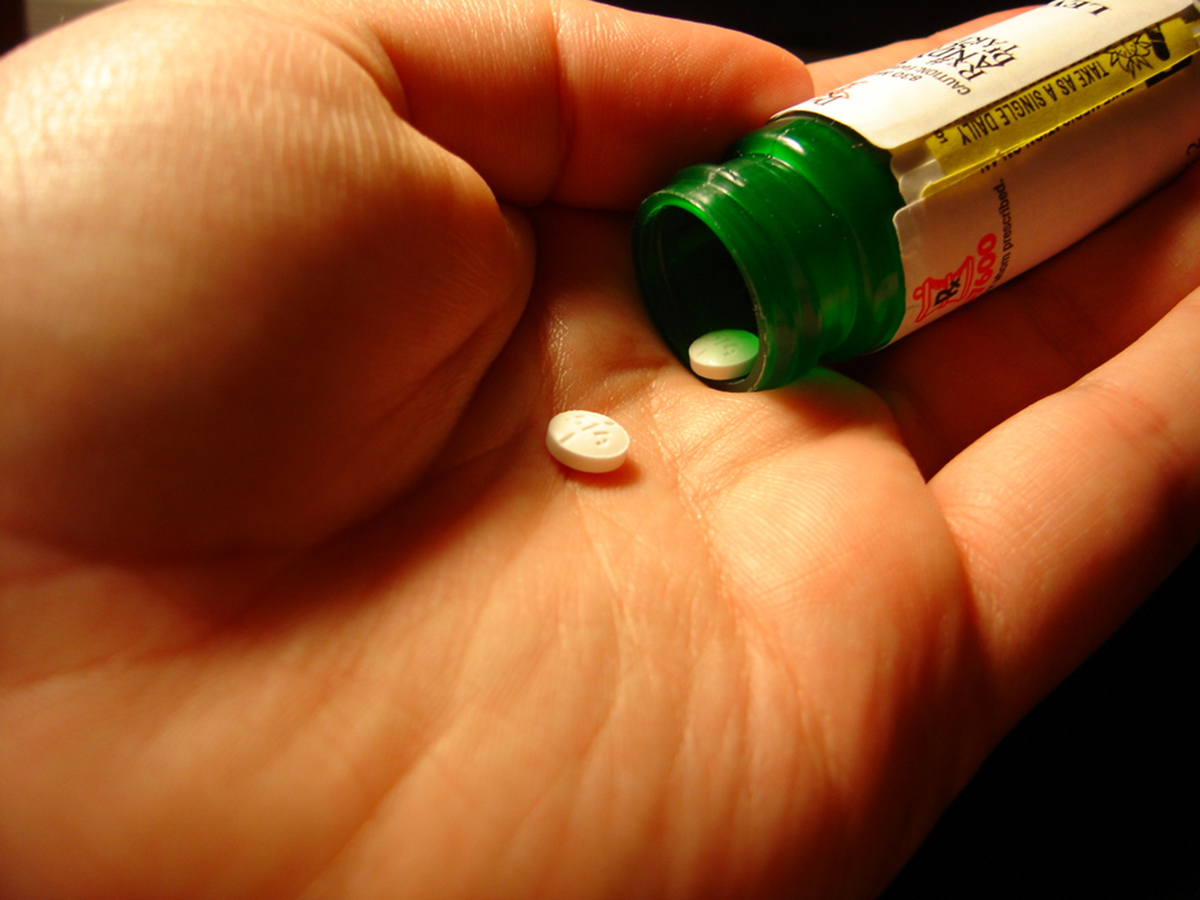It's easy for someone who doesn't deal with chronic pain to condemn the desperate actions of those who do. The epidemic of opioid and opiate addiction, often leading to heroin addiction, now sweeping parts of the United States is not due to the moral failings of the addicts. In many cases, genetics make a difference.
What Are Opiates and Opioids? Why Do Doctors Prescribe Them?
An opiate is a psychoactive compound found in the opium poppy. Opiates include morphine, codeine, and thebaine. An opioid is any drug, including synthetic drugs, that mimic the actions of opioids on the brain. Opiates are a much broader class of drugs that includes semi-synthetic drugs that are chemically modified plant compounds, such as hydrocodone, oxycodone, hydromorphone, oxymorphone, and heroin, and completely synthetic drugs that have the same properites as other opioids, including buprenorphine, methadone, and fentanyl.

All of these drugs are highly addictive and highly regulated. However, even though opiates have been around for thousands of years, opiates and opioids are still among the best alternatives for pain relief available to medicine. These drugs don't just relieve pain. They also improve functionality. People who have severe back pain, for instance, who can't walk before they take opioid pain relievers might be able to lift a pen, open a laptop, or drive a car again. People who have arthritis that keeps them confined to a wheelchair without pain relief might be able literally to get up and walk when they get relief.
All the Opiates and Opioids Have Serious Side Effects
However, the opioids come with problems. Short-acting drugs in this class have to be taken multiple times per day for real pain relief. The manufacturers of oxycodone, for instance, usually recommend taking no more often than once every twelve hours. The pain relief it provides, however, usually wears off in just six hours. During those six hours, the user may be more active than usual and aggravate the underlying problem. This activity may cause breakthrough pain that is worse than the pain for which the drug was originally prescribed, and for which there is no relief for six hours at a time.
READ Ten Ways To Avoid Getting Addicted To Opioid Painkillers
Doctors get around this problem by prescribing more of the drug than the manufacturer recommends and taking the drug more often than the manufacturer recommends. These work-arounds also cause problems. Some opioids like morphine cause nausea and vomiting. Some opioids like Oxycontin cause constipation. Missing a dose of the drug can throw the digestive tract in reverse so that several days of constipation are followed by a sudden urge to evacuate the bowel all at once with painful diarrhea. People have to get up in the middle of the night to take their pain relievers, and if they don't, they may be dealing with severe gastrointestinal distress the next morning as if they were coming off the drugs.
Opioids: The More You Take, the More You Need
American public health records aren't all released at the same time, but in just one recent year (2013), American doctors wrote 207 million prescriptions for opioid pain relievers, mostly for the 38 million people who have back problems and the 17 million people who have degenerative arthritis. In another recent year (2008), there were 305,900 emergency room visits for opioid overdoses, and 16,651 people died of opioid overdoses in 2010.

When opioid users can't get their prescriptions filled, or sometimes when they just can't afford to pay the pharmacy, they turn to a less expensive alternative, heroin. Some sources estimate that just 60,000 people in the United States use heroin every day. However, as many as 1.5 million Americans may use heroin at least four times a month. This means that almost 1 in 100 adults is forced to lead a life of crime at enormous risk for health largely because they can't get all the pain relieving drugs they need.
What can possibly be done to prevent this situation?
The answer may be to identify which patients will need ever-increasing doses of pain relief drugs with genetic testing.
Researchers have known for over 40 years that liver enzymes break down opioid and opiate drugs. Genetic variations in the way the liver makes these enzymes may identify which people need high doses of these painkillers because their livers make more of the enzymes that destroy the medications.
Dr. Forrest Tennant of the Veract Intractable Pain Clinic in West Covina, California, says that there are three liver enzymes in particular that dictate a patient's need for higher doses of opiates or opioids, CYP2C9, CYP2C19, and CYP2D6. When he tested chronic pain patients at his clinic, he found that 96 percent had a mutation in a gene that codes at least one of these enzymes. The patients who had the hardest to treat intractable pain had mutations in the genes for all three enzymes. This discovery points to a way of getting help for patients who might turn to heroin if they aren't given the pain relief they need.
- If you find yourself needing more and more of your pain relievers, ask your doctor about genetic testing for mutations in the genes for these three enzymes. Tests for these genetic defects are still relatively expensive, but usually the doctor can write a justification that gets the insurance company to pay for the test.
- With this information, your doctor can avoid giving you other drugs that increase your need for pain relief. For instance, the enzyme CYP2D6 is "induced," made more active when you take certain steroid drugs for joint inflammation (such as dexamethasone) or certain antibiotics for painful, chronic infections (such as rifampicin). Your doctor will find alternatives to those medications to keep your need for pain relief from becoming still worse. If you have the mutation for CYP2C9, then you will know you need to avoid St. John's wort, and your doctor should not give you certain drugs for vomiting that can be a side effect of the drug, because the medication to relieve the side effect will cause you to need more of the drug that is giving you the side effect. If you have the mutation for CYP2C19, then your doctor will know that you can't have Aspirin or Prednisone, because these medications will increase your need for opioid pain relief.
For people with these genetic mutations, taking pain relievers of any kind can increase cravings for the pain relievers of the opiate and opioid class. This doesn't mean that they simply have to suffer. But appropriate genetic testing can give doctors the cue to find better treatments for pain that won't increase the risk of addiction, and help them justify the higher doses of pain relievers that so many authorities now regard with suspicion.
- Substance Abuse and Mental Health Services Administration, Results from the 2012 National Survey on Drug Use and Health: Summary of National Findings, NSDUH Series H-46, HHS Publication No. (SMA) 13-4795. Rockville, MD: Substance Abuse and Mental Health Services Administration, 2013.
- Photo courtesy of
- Photo courtesy of
- Photo courtesy of https://www.flickr.com/photos/trekkyandy/309494981/

